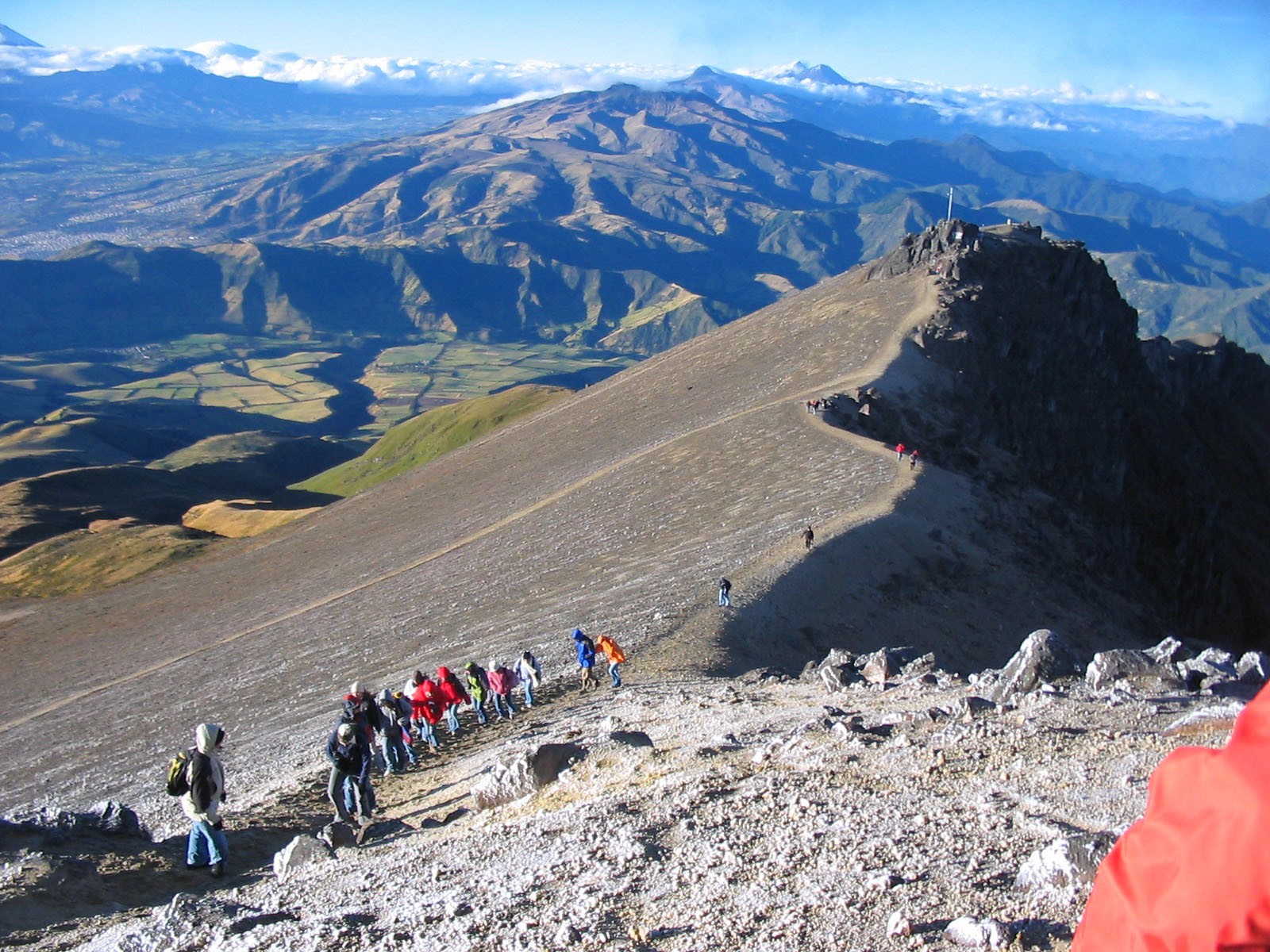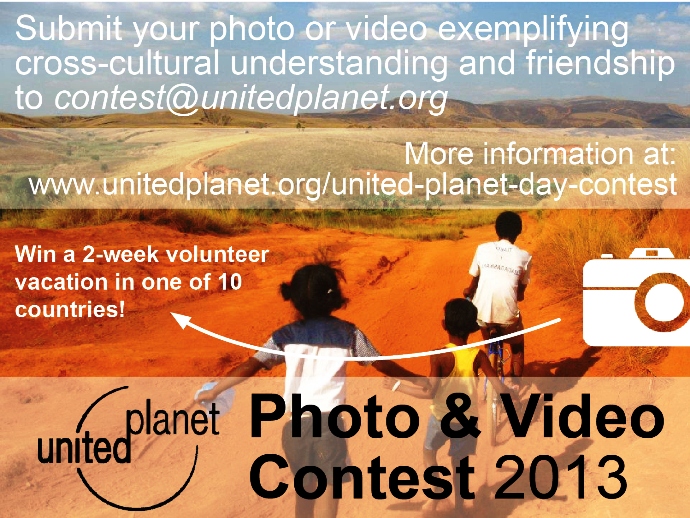This post is written by United Planet contributor Maurice Wilkey. 
You are going on the volunteer trip of your dreams. You may have even gone the extra mile by purchasing a sleek new photo or video device to record the sharpest possible landscapes and travel scenes you can. The question for you now is, ‘how do I use it?’
By no means am I a professional photographer. I have friends who are considerably more skilled behind a camera. But, last time I checked, I can’t take my friends along with me to position me in the best light possible and use the proper F-stop or adjust my iris every time I want to capture a memory! When it’s just me, or in this case, YOU and the camera, you’ve got to have some tricks up your sleeve. The following five steps are a few travel photography dos and don’ts I have experienced during my traveling which I would like to share with you.
 Research the country’s photo customs
Research the country’s photo customs
Did you know that it is proper etiquette to always ask someone to take their photo in Peru, especially if it’s an indigenous tribe-member or military personnel? Or that when traveling in Tokyo, flash photography is not allowed in the famous Tsukiji Fish Market? Snapping photos without regard to proper etiquette can be interpreted as rude, or potentially worse. If you ask for a photo and get the occasion ‘no,’ don’t take it personally. Respecting people’s privacy is always appreciated. Knowledge of the photo etiquette of the region(s) you’re visiting can go a long way to making your travel stress-free.
There are travel sites out there on the internet with almost everything someone could want to know before going on various treks abroad. One website I recommend is Lonely Planet. You can also ask friends and family members what they’ve learned about etiquette while traveling abroad.
 Take photos of your hand holding things
Take photos of your hand holding things
If you’re looking to add some variety to your travel photos, take close-up pictures of yourself holding things. Nothing can be more personal than a photo of you holding a newly discovered beach shell, or flower, or cultural artifact. And don’t limit yourself to hands – experiment with placing different parts of your body in photographs to highlight sizes or textures of objects.
Many newer digital cameras have focus range settings allowing you the option to take pictures from as close as two inches away – you can capture some amazing details from this close. It is important to both set your shutter speed to the maximum setting and set the aperture at a low setting. By doing both of these things, you lower the risk of shaking and motion distortion common for up close pictures. Steadying your camera against a table or other stable object will also lower the amount of camera-shake. Finally, lighting for small objects is important to capture detail. Try to put the object facing as much sunlight as possible.
 Take photos of your shadow
Take photos of your shadow
Practice taking photos of your shadow! When you play with light, your pictures will take on an artistic life of their own. Additionally, if you are shy and/or cannot take a photo with yourself in the picture, knowing how to use your shadow is another way to capture your memory.
Take your picture in the hours right before sunset to get the best shadows. You can take shadow pictures using natural sunlight both inside and outside. If you are in a room, position yourself by a window with natural light entering in. Depending on what time of year you are traveling, you can get some amazing pictures. For example, if you are in a destination during its winter season, you can expect longer shadows because the sun will be lower and you will have opportunities in the late afternoons for unique shadow photos.
You can also use natural light for silhouetting objects. Taking a picture of an object in front of a sunset can create some very nice effects.
 Use the timer function
Use the timer function
Taking pictures of your hand or your shadow is well and good, but sometimes you’ll want to see your own face! Get to know the self-timer function on your camera before you leave. Almost every camera has one and there may be times when you’ll have to go it alone and use it. Usually, this function is found in the “settings” section of your camera. Try setting the time for 10, 20 and 30 seconds and get used to the tones or indicators that happen before the camera shoots.
Allow me to throw in a word of caution: if you have to leave your camera unattended to take a timer-related picture, be as careful as you would be at home. Don’t leave your camera unattended in the middle of a crowd of people. Using your common sense will allow you more opportunities to take uncommonly great pictures.
 Practice!
Practice!
This can’t be stressed enough, take some pictures at home before you go on your journey. While its good to be open to savor new experiences, if you’re trying to capture that once-in-a-lifetime image on a once-in-a-lifetime vacation, its better to be familiar with device you’re using then have to figure it out on the fly. Go on a trip in your neighborhood or to a local park and make it into a game where you pretend you’re in Chile, Ghana, Romania, or Jordan. Try to capture the large objects and small. Try also capturing still images and moving. By adjusting to different scenarios, you’ll be preparing yourself for your future opportunities.

These are just a few suggestions to take into account when traveling. Know the rules of the city, region or country when planning to take photos and always be on the lookout for opportunities to take an out-of-the-ordinary photograph. Now go document your adventures!
Think your photos are out of this world? Check out our 2013 United Planet Day Photo and Video Contest! Visit the contest homepage for more information about rules and guidelines. Submissions are due by 11:59 PM EST on August 21, 2013, so get clicking! And good luck!
ABOUT UNITED PLANET
United Planet is a non-profit organization with a mission to create a global community, one relationship at a time. Established in 2001, United Planet offers volunteer abroad, virtual internships, internships abroad, gap year volunteering, and global virtual exchange in more than 40 countries.









